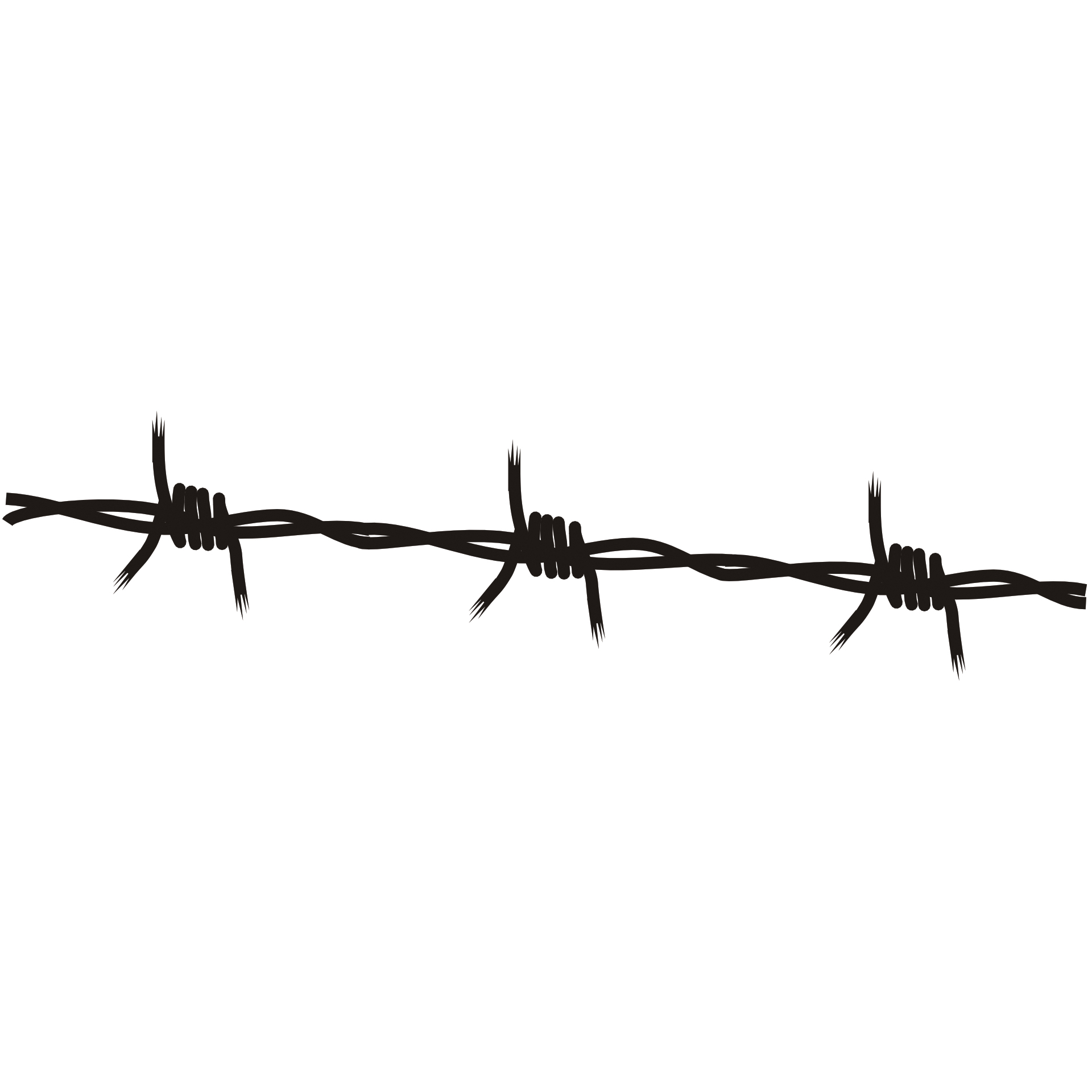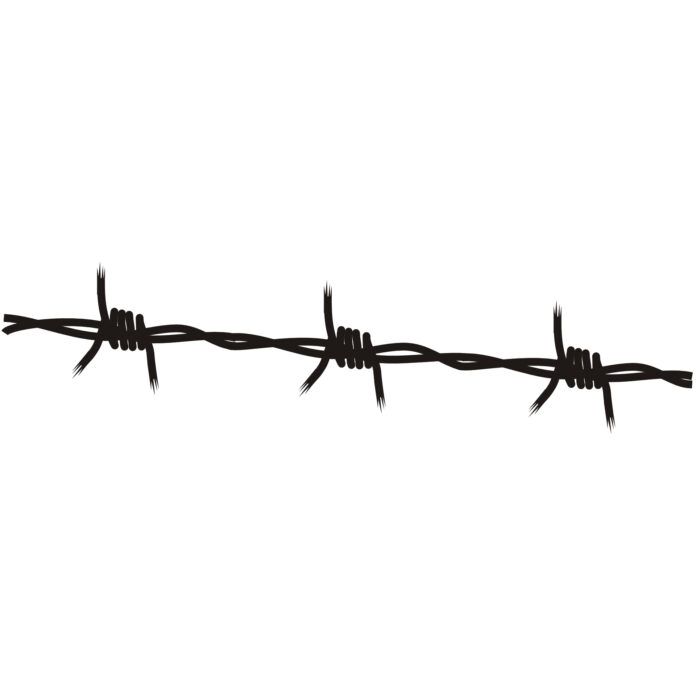There are updated options for boards of Delaware corporations seeking D&O insurance.
Under recently adopted legislation, boards of Delaware corporations may use a captive insurance company to provide or supplement their directors & officers (D&O) insurance coverage.
 This obligation of the corporation to indemnify directors and officers is a core principle of the corporation law of every jurisdiction, but it is limited. The corporation laws generally limit indemnification to those situations in which the individual acted in good faith in a manner they believed was in, or not opposed to, the best interests of the corporation. Additionally, corporations typically cannot provide indemnification in situations in which the director or officer is liable to the company itself (for example, in the case of an adverse judgment or settlement of a derivative suit). Given the vagaries of litigation, as well as the size of recent derivative settlements, it may be unnecessarily limiting to rely only on the indemnification provided by the statute.
This obligation of the corporation to indemnify directors and officers is a core principle of the corporation law of every jurisdiction, but it is limited. The corporation laws generally limit indemnification to those situations in which the individual acted in good faith in a manner they believed was in, or not opposed to, the best interests of the corporation. Additionally, corporations typically cannot provide indemnification in situations in which the director or officer is liable to the company itself (for example, in the case of an adverse judgment or settlement of a derivative suit). Given the vagaries of litigation, as well as the size of recent derivative settlements, it may be unnecessarily limiting to rely only on the indemnification provided by the statute.To address this, boards obtain D&O insurance, which covers many of the potential liabilities (including attorneys' fees) that directors and officers may face in the line of corporate duty. Even for larger companies that self-insure in other contexts, D&O insurance is often part of the protections for directors, as it will generally cover additional costs and liabilities that corporations may not be able to directly indemnify the directors against, including those mentioned above. However, for reasons beyond the scope of this column, adequate D&O insurance policies have become increasingly expensive while their coverage has been limited or can be difficult to obtain.
Delaware's changes to D&O insurance delivery
A recent amendment to the Delaware General Corporation Law (DGCL) could provide boards of Delaware corporations with a cost-effective alternative to traditional D&O insurance. However, this alternative carries risks and requires a significant up-front investment. The amendment expressly allows a “captive” (i.e., subsidiary or affiliated) insurance company to provide D&O insurance coverage, even when the statute would not permit the parent to provide indemnification directly.
Under the new legislation, a Delaware corporation can establish a captive insurance company to cover the parent's directors, officers and other persons in exchange for premiums paid by the parent based on an actuarial model of expected claims. The risk insured by the captive can frequently be transferred, for a price, to third-party reinsurers. Delaware law permits the captive to be organized in any jurisdiction, though there can be some advantages to organizing the captive in Delaware.
Coverage limitations
The amended provision of the DGCL contains some limitations on the coverage that can be provided. A captive insurer may not make any payments covering any personal profit to which the covered person was not legally entitled or deliberate criminal or fraudulent acts or knowing violations of the law. Further, the decision to make any payment under the captive insurance policy must be made by a third-party administrator or one of several enumerated neutral decision-makers, such as a majority of independent directors or the stockholders. For any proposed payment made in connection with the settlement of a derivative suit where notice is required to be given to stockholders, the corporation must include a statement in the notice that such payment will be made under the corporation's captive insurance policy.
In addition, the captive insurer must hold adequate capital under insurance regulations to cover the risks it is underwriting, which can make forming a captive insurance company a capital-intensive endeavor. For this reason, a captive insurer may be more attractive for companies with larger balance sheets and predictable streams of legal exposure. Companies with less financial stability or greater variation in legal exposure may be able to substitute a letter of credit or other form of credit support to satisfy these requirements, or may be able to use reinsurance to reduce the amount of capital required to be held by the insurance regulators.
Bankruptcy concerns
A final note of caution: If the parent company files for bankruptcy, its ability to provide the indemnification obligations set forth in its bylaws will likely be put at risk. Moreover, the bankruptcy filing could impair the ability of a captive insurer to provide coverage. For this reason, even if the board decides to put a captive insurer in place, it still should consider the impact on the captive of the parent company's financial distress. Boards may also choose to purchase additional “Side A” coverage from a commercial insurer, which can supplement the captive insurance policy and provide coverage to directors and officers even if the parent company files for bankruptcy.
For many corporations, the increased costs and less robust coverage available in many D&O policies have made the use of a captive D&O insurer an attractive possibility. With the recent change in Delaware law, the boards of Delaware corporations should reconsider their approach to the important question of how they are best protected for the directors' service to the corporation.
Doug Raymond is a partner in the law firm of Faegre Drinker Biddle & Reath LLP (www.faegredrinker.com). He can be reached at douglas.raymond@faegredrinker.com. Jason Kise assisted in preparing this column.



